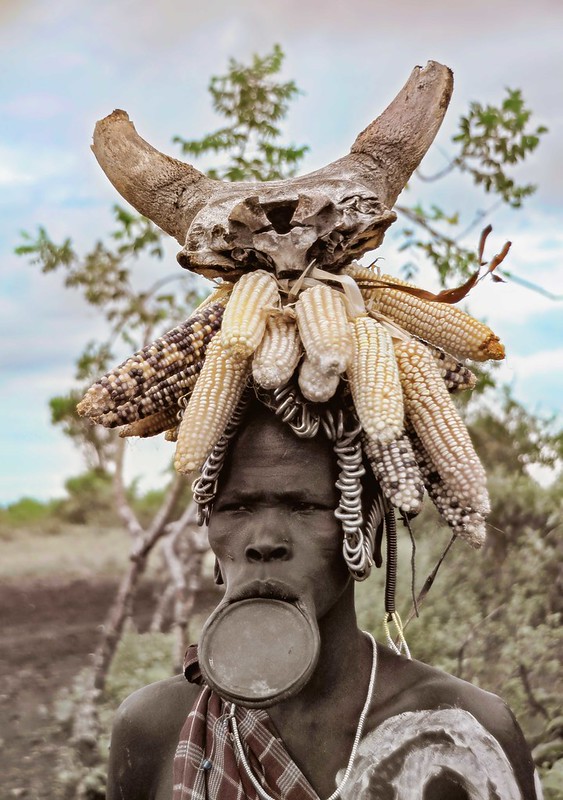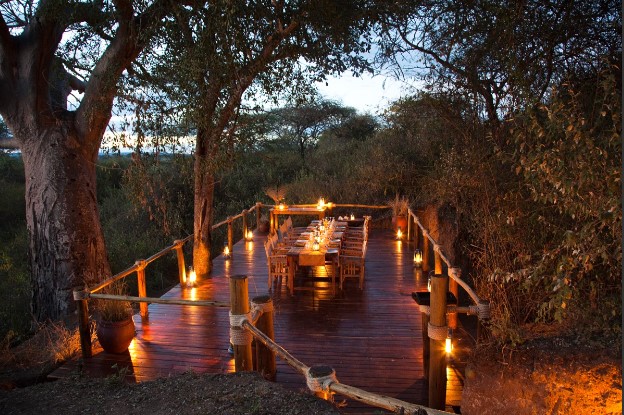The Mursi tribe of Ethiopia is known for its unique cultural practices, including the grand lip plates their women wear with pride and their intricate body paintings made from clay and earth minerals, which serve as a form of self-expression and a symbol of tribal identity. They are also known for their traditional clothing made from animal hides and decorated with beads, shells, and other materials that set them apart.
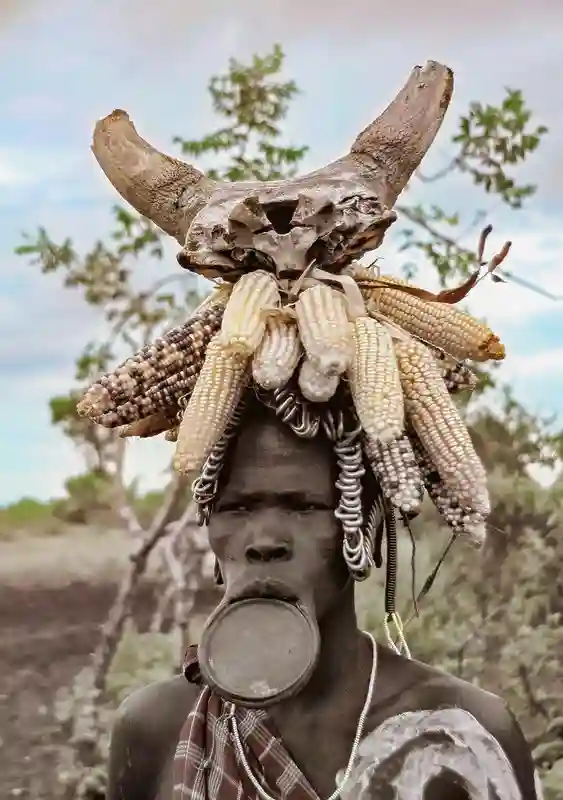
However, despite their captivating customs, they have a reputation for aggression and violence. They are dubbed the “most dangerous” tribe in Africa. Being tagged the “most dangerous” tribe in Africa might not be just a claim. And the Mursi Tribe’s warrior slogan, “It’s better to die than live without killing,” amplifies this notion. Regardless, there’s more to them than just this phrase.
Become an insider. Subscribe to our newsletter for more top trending stories like this!
In this article, we provide insights into the Mursi tribe of Ethiopia and shed light on why they are one of the most dangerous tribes in Africa.
The Mursi Tribe Culture, Religion, and Beliefs

The Mursi tribe is an indigenous group located in the lower Omo Valley of southern Ethiopia, near the South Sudan border. They speak the Mursi language, a member of the Surmic language group.
With over 11,000 people, the Mursi tribe relies on cattle herding and agriculture for their livelihood. As such, they are often armed, with some male leaders carrying AK-47s to fend off savage animals like wild hyenas, boars, or cattle rustlers – a trait that gives off that “dangerous” vibe.
The people of the Mursi tribe of Ethiopia are tall and thin. They rarely eat meat, except during festivals. Their primary diet is a porridge meal of corn and sorghum mixed with cow milk and blood. They plant beans, chickpeas, and maize.
But there’s more to the Mursi Tribe than meets the eye. They have a hidden gem in their arsenal, a healing tradition led by women who possess mystical powers. These women, called Ngerre, are the guardians of their people, holding the key to the balance of mind, body, and spirit.
The Mursi Tribe of Ethiopia has a challenging and dangerous lifestyle. However, they find joy through leisure activities like music, gossip, and tales and preserve their heritage through a strong oral tradition, which holds the secrets of their philosophical understanding, moral lessons, and the essence of their being.
The Mursi Tribe of Ethiopia may be small in number, but they are mighty in spirit and resound with a rhythm all their own. They live on the land between the Omo Rivers and Mago.
Join our Spotcovery Global Black Community Facebook Group for early access to exclusive content and share in a lively discussion.
Interesting Things to Know About the Mursi Tribe Women and Men
The Mursi Tribe Lip Plates
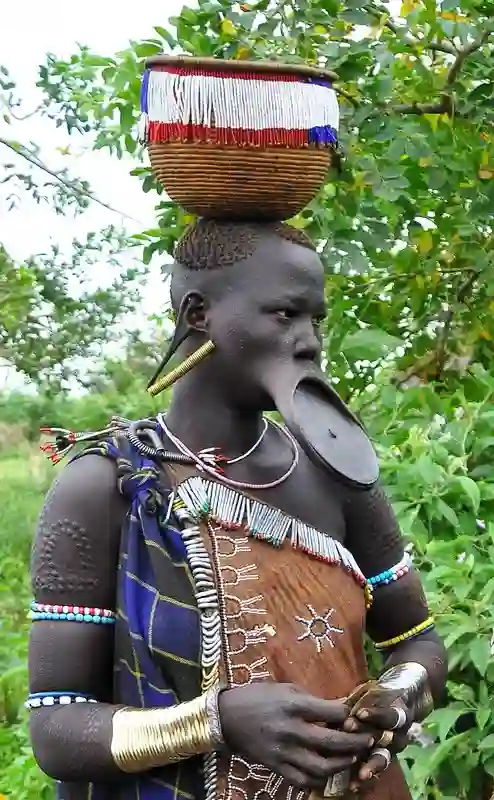
The Mursi Tribe values the lower lip plates worn by their women as symbols of beauty and identity, showcasing their unique cultural practices. When a Mursi girl reaches puberty, an older female tribe member performs the rite of passage by cutting her lip and inserting a small wooden rod.
Among the African tribes, this practice is also done by Suri tribe and Surma people.
Over time, they use larger plates to stretch the lip, with some lip plates reaching up to 12 centimeters in diameter. Although the process can be painful, it is considered a symbol of bravery and motivation, with larger lip plates commanding a higher dowry in marriage. Infact, its an eligibility mark for marriage and fertility in young women.
Become an insider. Subscribe to our newsletter for more top trending stories like this!
A Mursi woman only wears her lip plate when serving her husband and removes it upon his death, signifying the loss of her external beauty.
The Mursi Men and their Donga
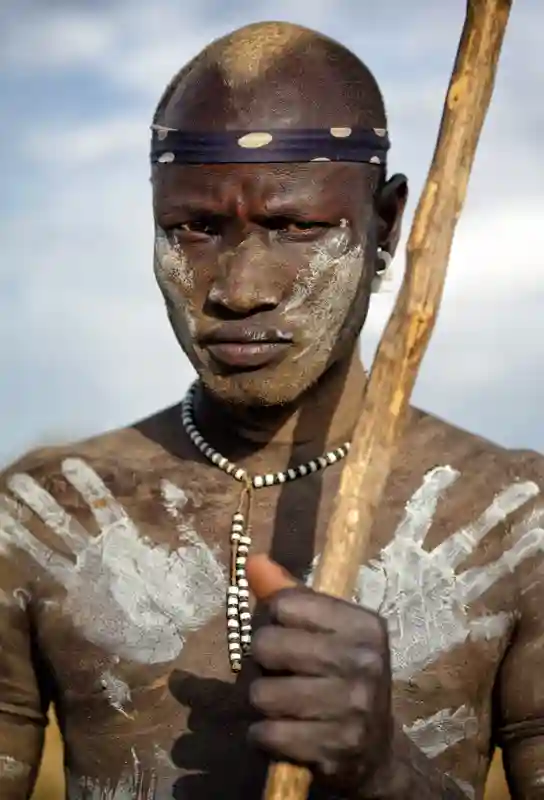
Mursi men decorate their faces and bodies with white paint and must undergo a rite of passage to get married, which involves engaging in a stick-fighting challenge known as a “donga.” After the contest, a group of women who wish to be the victor’s future wife comes around to make their intentions known.
While the Mursi Tribe is known for its elaborate adornments in special ceremonies, these are not a part of their daily life. Mursi men do not wear face paint or cattle horns when cooking or caring for their children, just as Mursi women only wear their lip plates on special occasions.
Another adulthood task for young men is to fight each other with two meter-sized wooden poles (dongen). Whoever becomes the winner in these fights is celebrated as a champion and is highly regarded.
Why is the Mursi Tribe of Ethiopia Dangerous?
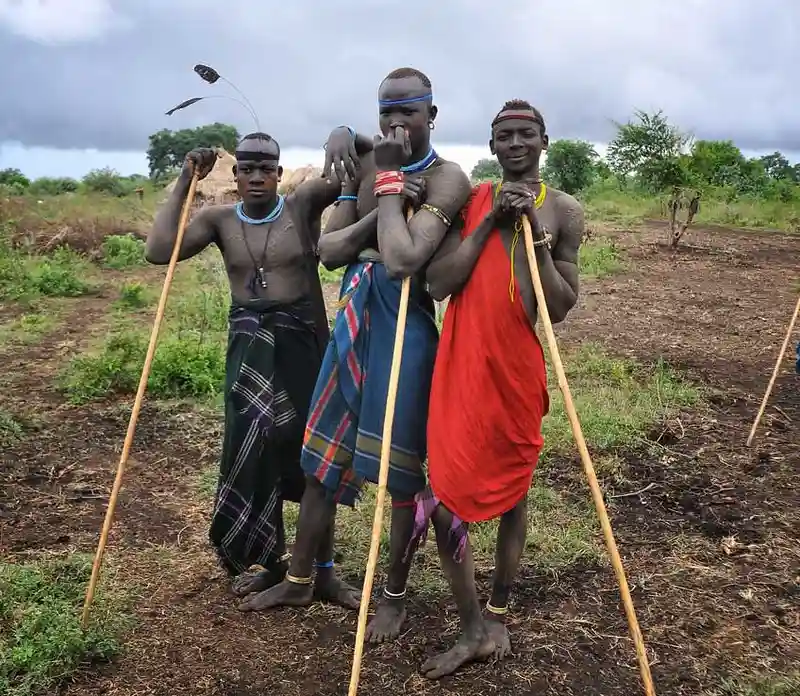
Despite their unique cultural heritage, the Mursi tribe has faced challenges over the years. At a time, the Ethiopian government denied them access to their land in the Omo and Mago National Parks of Southern Ethiopia, developing large-scale irrigation projects in Omo Valley. This disrupted the Mursi tribe’s traditional way of life and access to resources, including water and pasture for their cattle. Consequently, it resulted in severe conflict with other ethnic groups and the government itself. According to them, “taking our land is like taking our lives.”
At the same time, the Mursi tribe also faced an increasing influx of tourists attracted to the region by the tribe’s unique cultural practices. Unfortunately, many of these outsiders were unaware of the cultural protocols surrounding photographing the tribe. As such, there were incidents of violence against tourists and photographers who attempted to photograph the tribe without permission.
For these reasons, the Mursi tribe is dubbed as the most dangerous and hostile tribe in Africa by the media.
Read Also: The Bodi Tribe of Ethiopia Where Men Drink Cow’s Blood and Milk
Nearly 80% of consumers turn to directories with reviews to find a local business. List your business for free in our exclusive Spotcovery Black-Owned Business Directory.
Become an insider. Subscribe to our newsletter for more top trending stories like this!


